A PowerPoint providing a series of warm up activities for Year 2 students across the curriculum.
This teaching resource is an interactive PowerPoint that provides a series of mathematical warm-up activities that cover areas across the curriculum. You can do these quick activities to help warm up for a particular focus lesson, or use them to break up the day to keep students fresh for learning. Some activities supply instructions for interactive games and other are interactive templates that you can display on your classroom whiteboard with a projector.
Each activity has direct links to learning goals in the Australian Curriculum.
Areas of learning included:
Number and Algebra

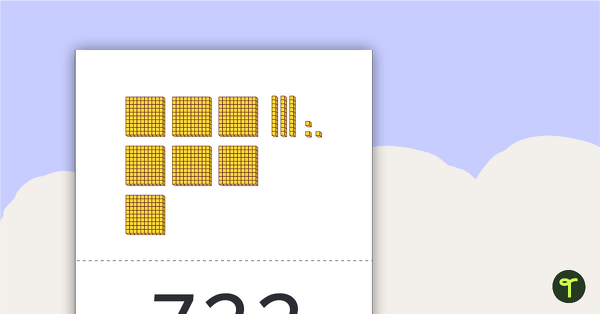
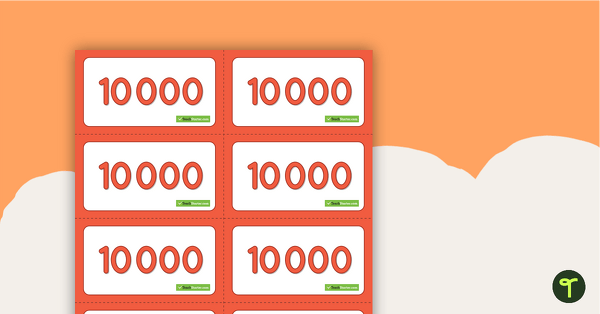
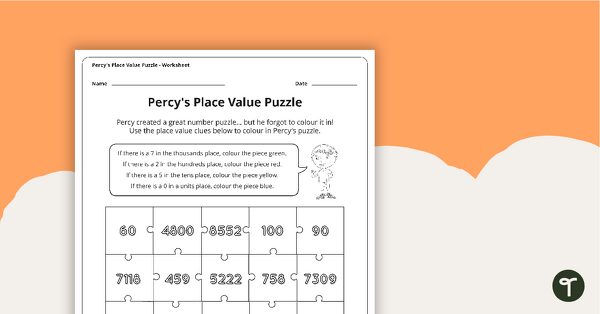
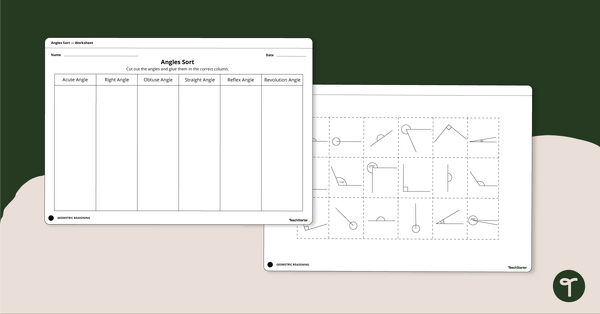


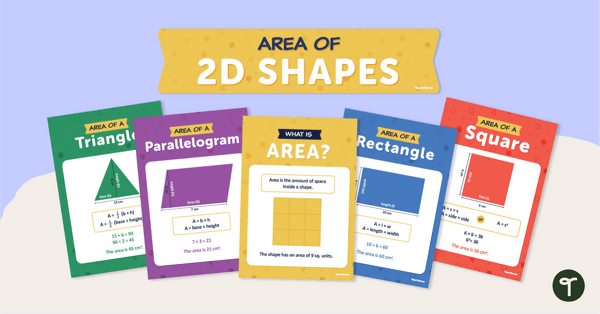
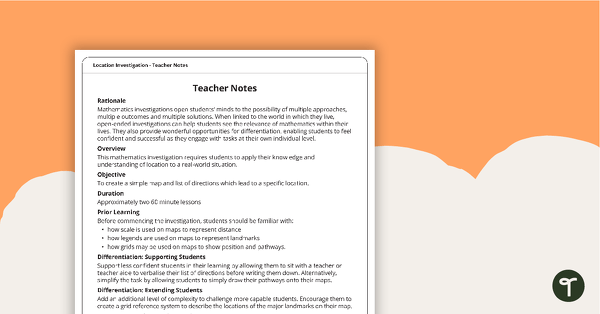
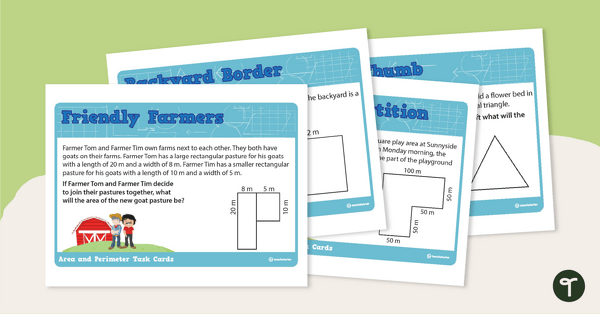
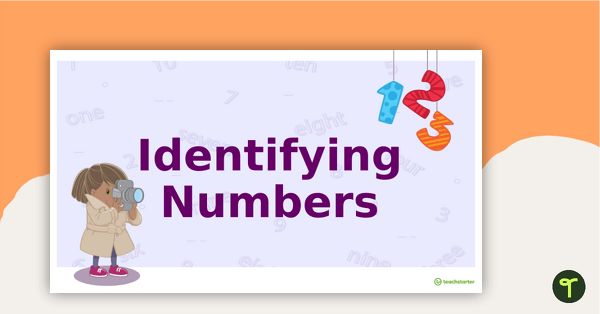
DO YOU HAVE WARM UPS FOR YEARS 4 TO 7 IN MATHS & LITERACY. I DID A SEARCH BUT NOTHING CAME UP..
Hey Gabrielle, thank you for reaching out to us. After creating these resources,, we adapted them to become Daily Warm Up PowerPoints. These are available from Foundation to Year 6. Each one includes ten weeks worth of daily warm up activities in literacy and numeracy. We are currently creating three more for each year level. You can find them by following this link: https://www.teachstarter.com/search/?query=Daily%20Warm-Up%20%E2%80%93%20PowerPoint%201
Hi, is this available for Year 3 and 4?
Hi Amy, We do have a Year 3 and a Year 4 Daily Warm-Up PowerPoint with maths and literacy activities. https://www.teachstarter.com/au/teaching-resource/year-3-daily-warm-up-powerpoint-1/ https://www.teachstarter.com/au/teaching-resource/year-4-daily-warm-up-powerpoint-1-2/ Feel free to make a new resource request at a 'Request a Resource' page - https://www.teachstarter.com/request-a-resource/